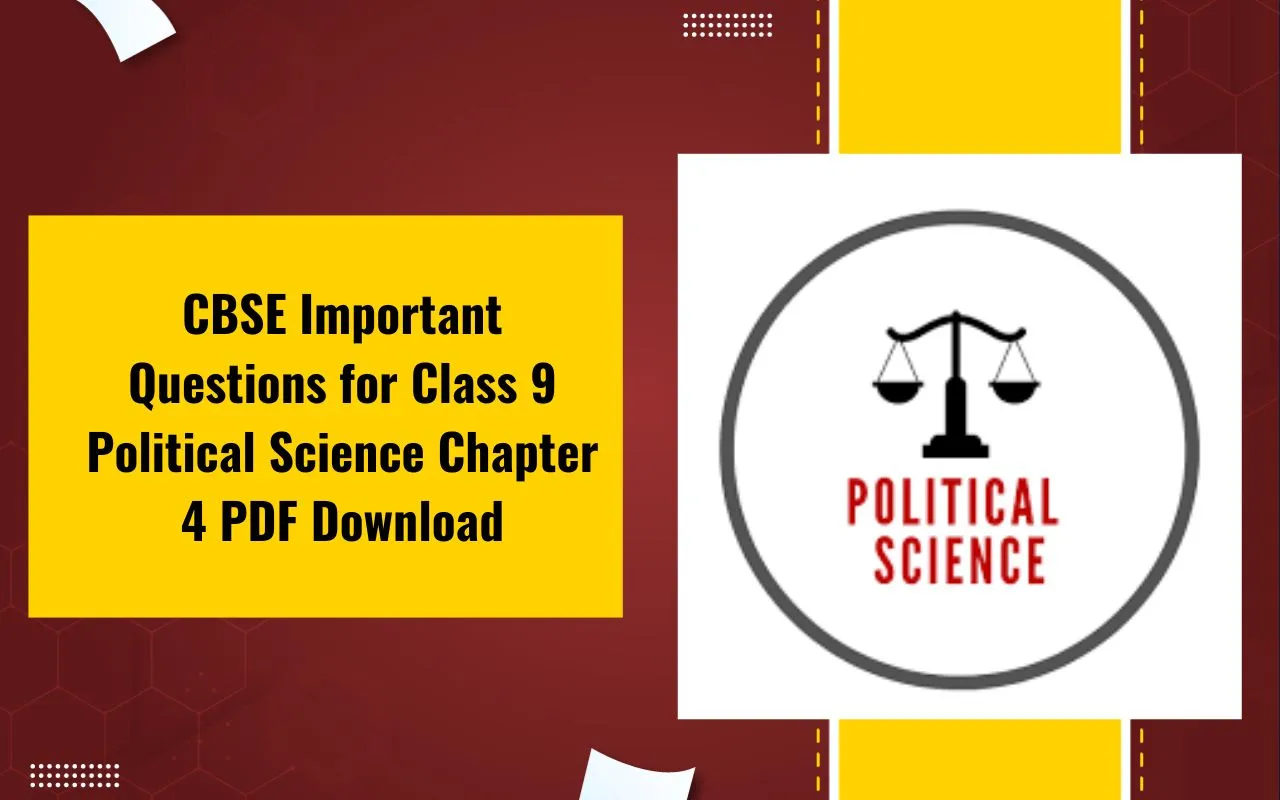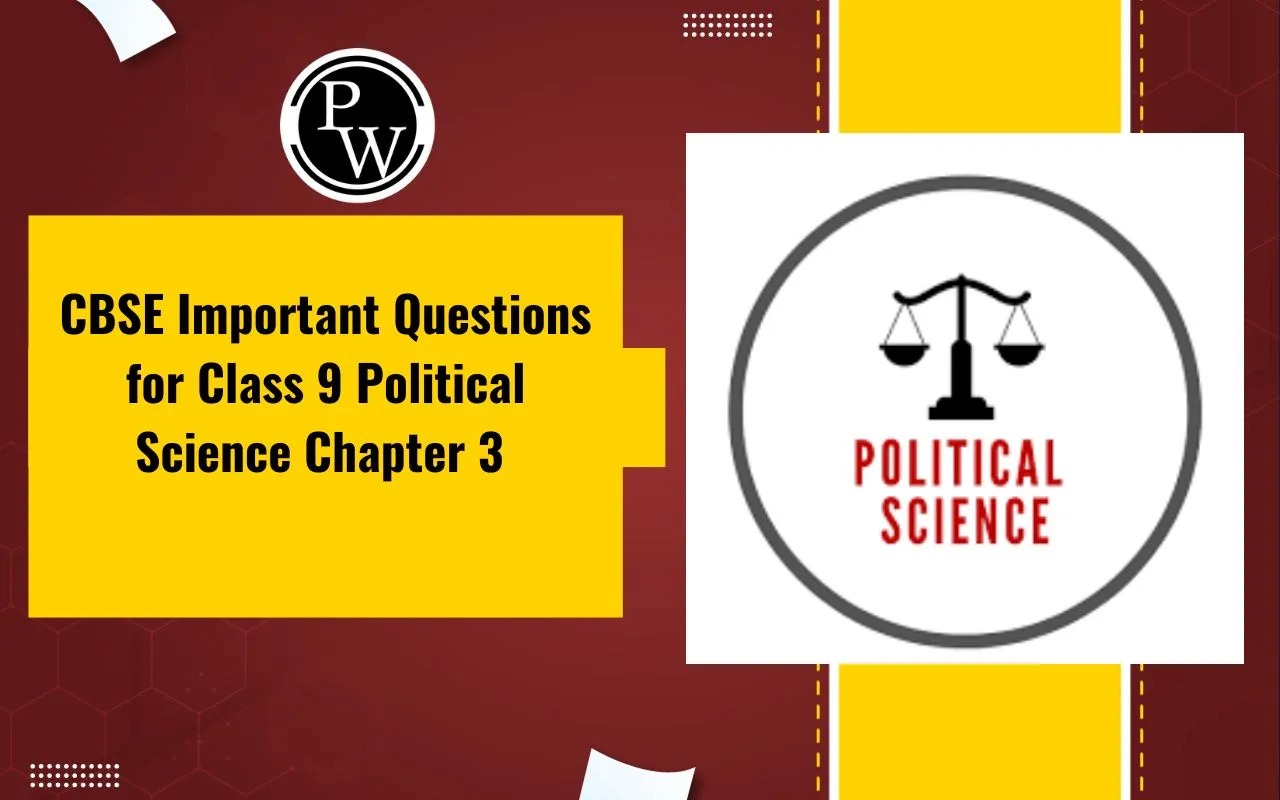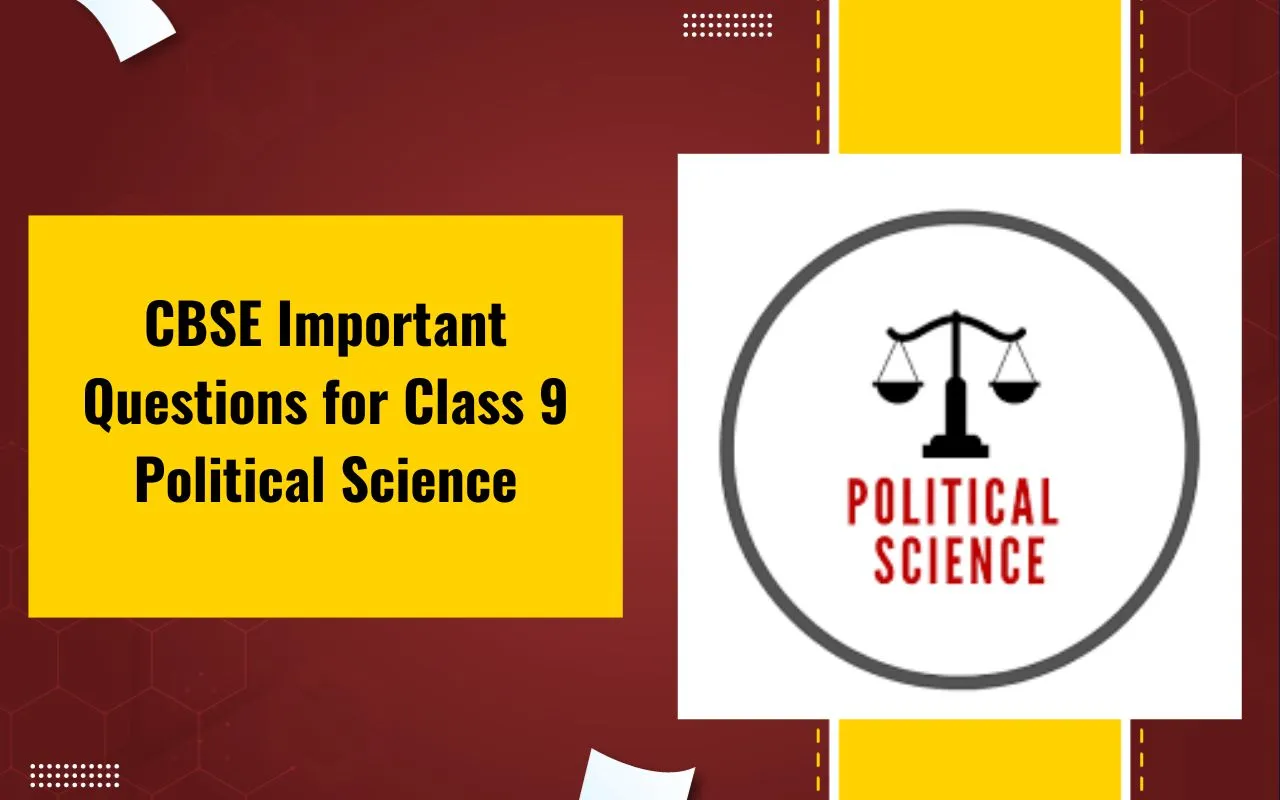

If you're seeking details about Asexual Reproduction , you've come to the right place.
Asexual reproduction has several forms, and we'll look at them all here.
To begin, let's define asexual reproduction. Next, we'll look at what makes asexual reproduction unique. Next, we'll talk about the many forms of asexual reproduction.
The purpose of this page is to offer a brief summary of the many types of asexual reproduction. Don't skip the introduction and the subtopics if you can't read the whole thing.
Introduction
Asexual reproduction is a type of reproduction in which offspring are produced without the involvement of gametes or fertilization, which ultimately results in offspring that are genetically identical to the parent organism. This type of reproduction can only occur in organisms that are incapable of sexual reproduction. This mechanism of reproduction does not require the fusion of male and female reproductive cells; instead, it involves processes like budding, fragmentation, and the generation of spores. The process of asexual reproduction can be found in a wide variety of simple organisms, such as bacteria, fungi, and even some plants and animals. This type of reproduction has the benefit of enabling rapid reproduction under favourable conditions, but it also has the drawback of limiting genetic diversity in the offspring.
Also Check - Asexual Reproduction Animals
Examples of Asexual Reproduction
Following are some of the kinds of asexual reproduction that are most frequently seen, although there are many additional techniques as well, each of which is unique to a different category of species.
- Budding : the process of budding may be observed in species like yeast and Hydra.
- Fragmentation : seen in organisms like algae and fungus.
- Spore Formation : The creation of spores is a typical method of asexual reproduction in fungi and in several types of plants, including ferns and mosses.
- Vegetative Propagation : In the case of plants, vegetative propagation is the process through which new individuals might develop from existing roots, stems, or leaves.
- Parthenogenesis : In animals, a kind of asexual reproduction known as parthenogenesis can take place. In this process, eggs can grow into offspring even if they are not fertilized.
- Binary Fission : A kind of asexual reproduction that occurs in single-celled organisms ,such as bacteria, is known as binary fission. In this process, a parent cell splits into two daughter cells that are genetically identical to each other.
Also Check - Arthritis Symptoms
Characteristics of Asexual Reproduction
- Asexual reproduction does not require fertilization or gamete formation.
- Asexual reproduction produces identical offspring.
- Rapid reproduction: In suitable conditions, asexual reproduction may rapidly expand population.
- Asexual reproduction produces identical children since there is no crossing over of genetic material.
- Limited genetic diversity: Without genetic interchange, offsprings may be susceptible to illnesses and environmental changes.
- No variation: Asexual reproduction produces offsprings that are identical to their parents.
- Adaptability: Asexual reproduction can help organisms quickly adjust to changing conditions.
- Asexual species evolve without sexual selection since they don't share genetic material.
- Simple organisms: Bacteria, fungus, and certain plants and animals typically reproduce asexually.
Also Check - Animals Nervous System
Types of Asexual Reproduction
Asexual reproduction comes in a variety of forms:
- Binary Fission
- Budding
- Sporogenesis
- Fragmentation
- Vegetative Propagation
- Parthenogenesis
- Apomixis
Binary Fission
During binary fission, the parent cell splits in half to form two daughter cells. Cell division can be either directional or non-directional, and it occurs in a wide variety of organisms. Binary fission may be seen in both amoeba and euglena.
When a cell splits in half, each daughter cell retains its parent's genetic make-up but receives its own nucleus. As the cytoplasm divides, it creates two identical daughter cells. The offspring cells then go on to multiply and expand, and the process starts all over again.
Also Check - Antibiotic Definition
Budding
The word "budding" is used to describe the generation of daughter cells by asexual reproduction. It is characterized by the creation of a new, genetically identical daughter cell from a little protrusion called a bud that finally separates from the parent body. Yeast and hydras are two examples of invertebrates that use this strategy, but it's also seen in many plant species.
Sporogenesis
The formation of spores from sporangia, which themselves are reproductive cells, is known as sporogenesis. It is a form of asexual reproduction that is seen in many different kinds of eukaryotes, such as fungus, algae, and plants. Sporogenesis enables the organisms to reproduce asexually, facilitating the expansion and colonization of the species. Produced through sporogenesis, spores are often hard enough to endure circumstances that would kill off the parent organism.
Also Check - Artificial Pollination
Fragmentation
In the process of fragmentation, a new organism forms from a piece of the parent organism without the need for sperm or eggs. There is a natural progression of growth from each component into a fully formed being. Fragmentation is a feature of many different types of organisms. Animals that reproduce asexually by fragmentation include planarians, annelid worms like polychaetas and certain oligochaetes, turbellarians, and sea stars. Plants with special features for fragmentation reproduction include liverworts, which produce new offspring by separating existing cells. Most lichens, which are a symbiotic union of a fungus and photosynthetic algae or cyanobacteria, reproduce via fragmentation to guarantee that the offspring maintain both symbionts.
Vegetative Propagation
New plants are grown by vegetative propagation, a form of asexual reproduction, rather than through seeds or spores. This method can replace the time-consuming and labor-intensive process of growing plants from seed without sacrificing the genetic integrity of the offspring. Cutting, layering, budding, and grafting are all popular methods of vegetative propagation. In horticulture, vegetative propagation is commonly employed to maintain unique or desirable features, such as disease resistance or increased fruit quality, in the new plants.
Parthenogenesis
When an egg develops without being fertilized by a sperm, this process is called parthenogenesis, a form of asexual reproduction. Some plants, invertebrates, and even fish and reptiles (lower vertebrates) undergo parthenogenesis. Parthenogenesis is a reproductive process that does not require a male or female partner and produces children that are genetically identical to the parent organism. But parthenogenetic populations often have less genetic variety than sexually reproducing populations and may be less adaptive to shifting environmental circumstances.
Apomixis
In plants, apomixis refers to the process of making seeds without the help of a pollinator. Offspring produced in this manner are genetically indistinguishable from their parent plant, as sexual reproduction shuffles genes. Many plant species, from grasses to fruits to trees, engage in apomixis as a means of propagating and preserving beneficial features like resistance to disease or increased yield without resorting to traditional methods of sexual reproduction. Apomixis can play a significant role in the development and diversification of plant species, since it helps to maintain genetic variety in plant populations. A prominent example of an apomictic plant is the triploid European dandelion.
Advantages of Asexual Reproduction
- Asexual reproduction facilitates rapid reproduction, allowing organisms to generate a large number of new individuals in a short period of time.
- Asexual reproduction has an advantage in settings where obtaining a suitable spouse is challenging or impossible since it does not need a mate.
- When an organism reproduces asexually, the resulting offspring are genetically indistinguishable from the parent. This helps maintain genetic stability.
- Colonization: As it eliminates the requirement for mating, asexual reproduction facilitates colonization.
- Resilience: Because asexual reproduction may generate numerous offspring in a short amount of time, it can help populations recover more quickly from environmental disruptions.
Disadvantages of Asexual Reproduction
Asexual reproduction also has some disadvantages. The inability of a population to adjust to new conditions or withstand new diseases or pressures may be hindered by the lack of genetic variety that results from sexual reproduction.
Asexual Reproduction FAQs
What is the difference between fission and budding?
What is unique in yeast budding compared to hydra?
How do plants engage in asexual reproduction?
When reproducing asexually, how many sets of parents are needed?
Justify the assertion that vegetative reproduction is a form of asexual reproduction?












